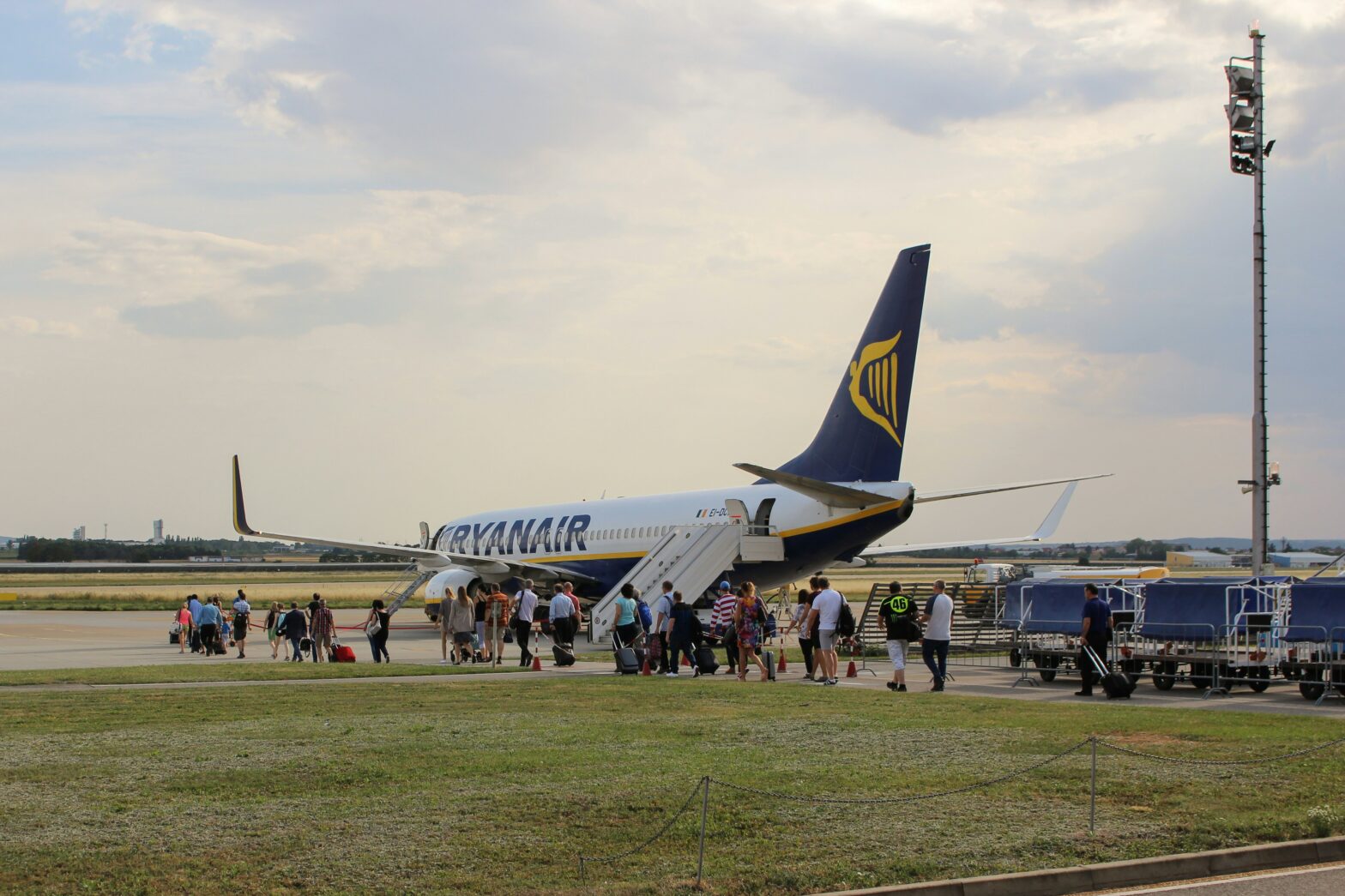As much as air travel has become increasingly common, many still grapple with aviophobia – the fear of flying. However, an American Airlines pilot recently shared a surprisingly simple yet effective tip that might help nervous flyers overcome their anxiety.
Captain Steve, an experienced American Airlines pilot, took to social media to address one of the most common concerns among air travelers: turbulence. In a video that has garnered attention from thousands of viewers, Captain Steve offers a unique perspective on this often misunderstood aspect of flying.
Turbulence Is Not As Scary As You Think
According to Captain Steve, turbulence, while unsettling for many passengers, is actually “no big deal” from a pilot’s perspective. He draws an interesting parallel between air currents and river flows. Captain Steve explains that air currents can vary in intensity just as water can be calm like a lake or rapid like white water rafting.
This comparison is to demystify turbulence, presenting it as a natural and manageable part of flying rather than a cause for alarm. Captain Steve’s explanation serves to reassure passengers that what they’re experiencing is normal and well within the aircraft’s capabilities.
The Surprising Tip
While Captain Steve’s explanation of turbulence is helpful, his main advice is what’s truly catching attention. Instead of relying on in-flight distractions or medication, he suggests a proactive approach that begins before boarding the plane.
@captainsteeeve Overcoming Your Fear of Flying: Tips from a Pilot Many share the fear of flying, often due to turbulence. With insights from Captain Steve, discover how to view turbulence like a river and gain confidence in the cockpit. Engage with pilots and learn to fly worry-free! #FearOfFlying #TurbulenceTips #PilotAdvice #FlyingSafety #TravelConfidence #AirplaneAnxiety #CaptainSteve #FlyingTips #AviationEducation #NervousFlyer ♬ original sound – aapilotsteve – CaptainSteeeve
“Before you take off and you’re boarding the airplane, ask the flight attendant if you can go up and visit the pilot,” Captain Steve advises. He encourages nervous flyers to converse with the flight crew, explaining their concerns and asking about the planned route.
This simple act of communication, according to Captain Steve, can make a world of difference. Pilots are typically more than willing to discuss the flight plan, potential areas of turbulence, and any other concerns passengers might have. This transparency and direct interaction can significantly alleviate anxiety by demystifying the process and putting a human face to the operation.
The Psychology Behind The Tip
While it might seem surprisingly simple, Captain Steve’s advice taps into several psychological principles that can help manage anxiety. Encouraging passengers to take an active role in understanding their journey gives them a sense of control – something often lacking when dealing with fear of flying.
The opportunity to speak directly with the professionals responsible for the flight can also build trust and confidence. Seeing the calm and competent demeanor of the flight crew can be reassuring, helping to counteract catastrophic thinking that often accompanies flight anxiety.
Will It Work For Everyone?
While Captain Steve’s tip has been well-received by many, it’s important to note that fear of flying can vary greatly in severity and root causes. For some, this simple interaction might be enough to ease their worries. For others with more severe aviophobia, it may be a helpful step in conjunction with other strategies, such as cognitive-behavioral therapy or anti-anxiety medications.





